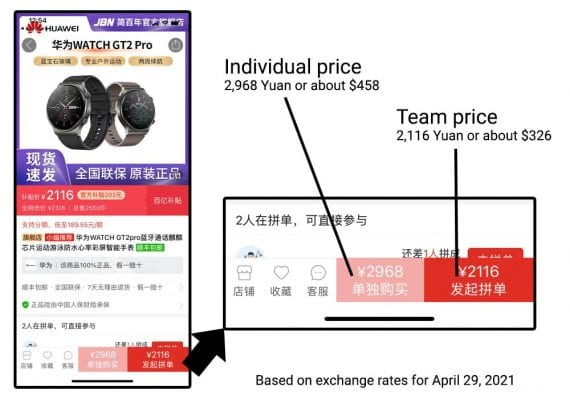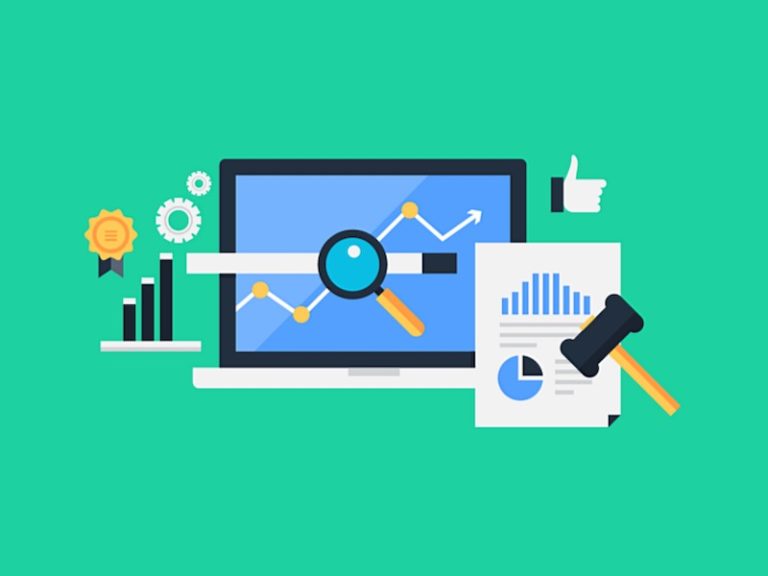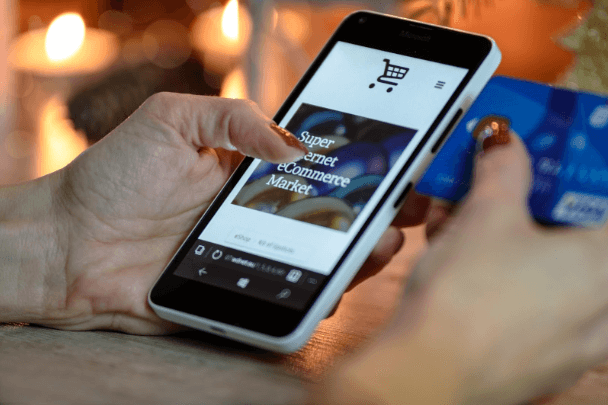The review should include broader industry and economic developments. For example, comparing 2021 against 2020 is unique as online sales in 2020 experienced historic spikes due to pandemic-driven lockdowns, stimulus checks, and an overall reluctance of shoppers to leave their homes. Curbside pickup and home delivery were products of the online shift.
A report in Google Analytics titled “Assisted Conversions” shows the various channels that contributed to a conversion.
Paid Search > Organic Search > Direct Traffic.
Non-brand Growth
Last click conversions increased too, but the encouraging aspect is that paid search was a part of so many more conversion paths in 2021 and contributed to overall higher revenue. The “Top Conversion Paths” report in Google Analytics provides the specifics of every conversion path involving paid search.
In this sample report from Google Analytics, paid search assisted conversions in November 2021 were 295.85% higher than in November 2020. Click image to enlarge.
The report assigns a value (revenue) by channel along with the number and value of specific last-click conversions.
Campaign Types
All are critical for PPC growth, but most advertisers run only Search and Shopping campaigns with a small investment in Display, usually through remarketing.
- Search,
- Shopping,
- Display,
- Video,
- Discovery.
Gauge non-brand efforts through short and long-term results. Perhaps those efforts decreased return on ad spend but increased revenue and transactions. Though efficiency suffered, the number of purchases increased, generating new customers for future email marketing and retargeting.
New customers, however, mostly come from Display, Video, and Discovery. Moreover, data generated from new campaign types helps layer audiences in Search and Shopping campaigns. And all traffic, regardless of campaign type, can be used for remarketing.
Assisted Conversions
Google Ads’ five campaign types are:
Pay-per-click advertising is ever-evolving. The new features and announcements page in Google Ads Help lists over 70 updates in 2021. For example, Google Ads retired modified broad match keywords this year — phrase match now functions in the same manner.
With all of this in mind, here are factors that typically make or break PPC performance year over year.
It’s necessary at year-end to review pay-per-click advertising performance. As with any managed channel, you should expect growth, such as more revenue, transactions, or unique visitors, among other metrics.
Most advertisers should see progress or continued positive results from brand keywords. But overall PPC performance long-term depends on non-brand efforts, such as a sporting goods supplier bidding on “home gym equipment” keywords or testing a Performance Max campaign.
For example, say a shopper (i) clicked a search ad and left the site without converting, (ii) clicked an organic search listing and left the site without converting, and (iii) directly typed the URL into her browser and converted. The Assisted Conversion report would assign the last click conversion and revenue to direct traffic with paid and organic search participating. The shopper’s assisted conversion path would be:


Changing Landscape
Plus, softer conversions, such as email signups and live chat queries, generate marketing prospects and “customer match” lists for new PPC campaigns.
Growth requires staying informed and implementing appropriate changes. You cannot rest on past performance. Google alters features and workflows without warning. Adapting to change is vital for long-term success.






